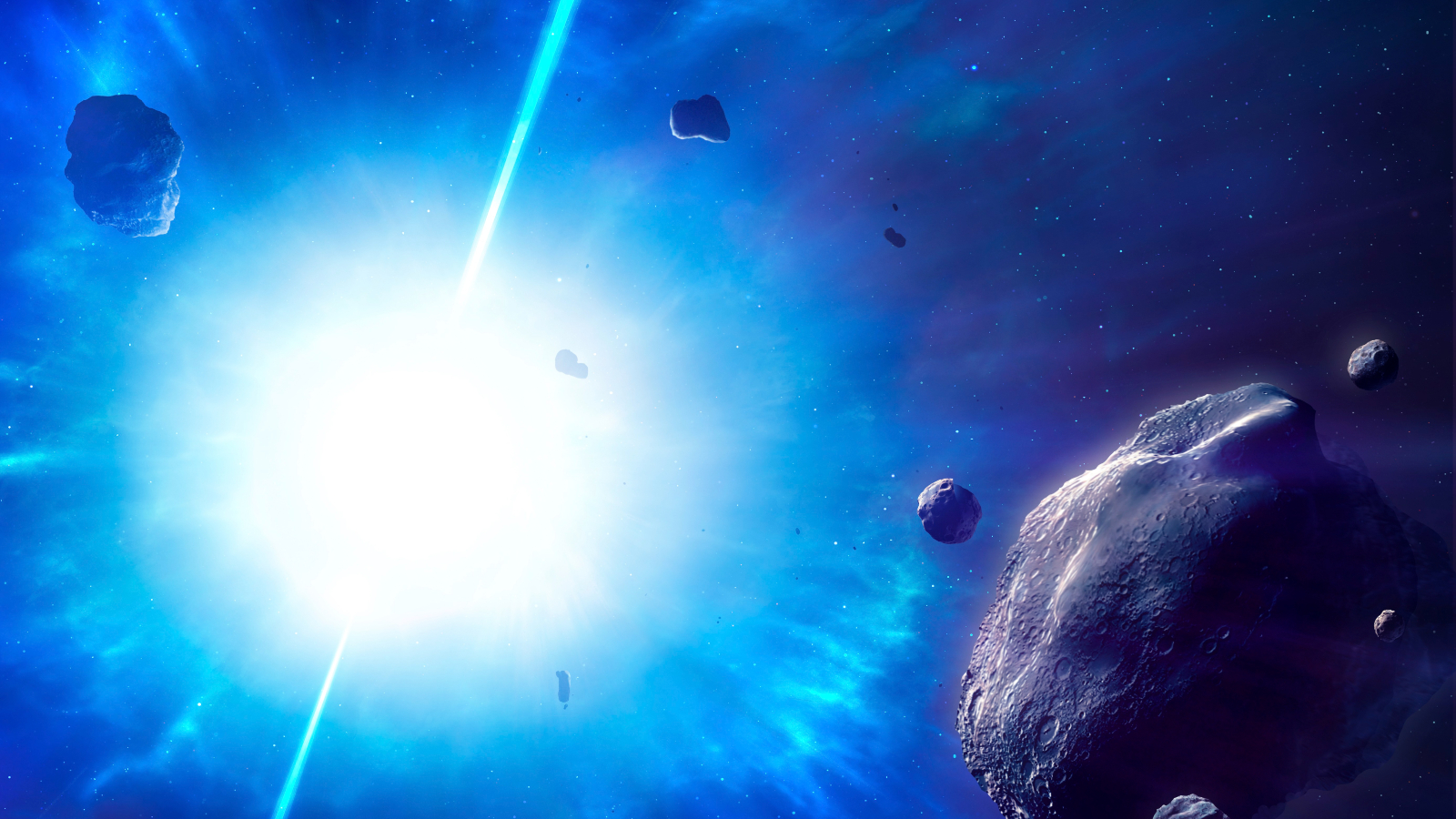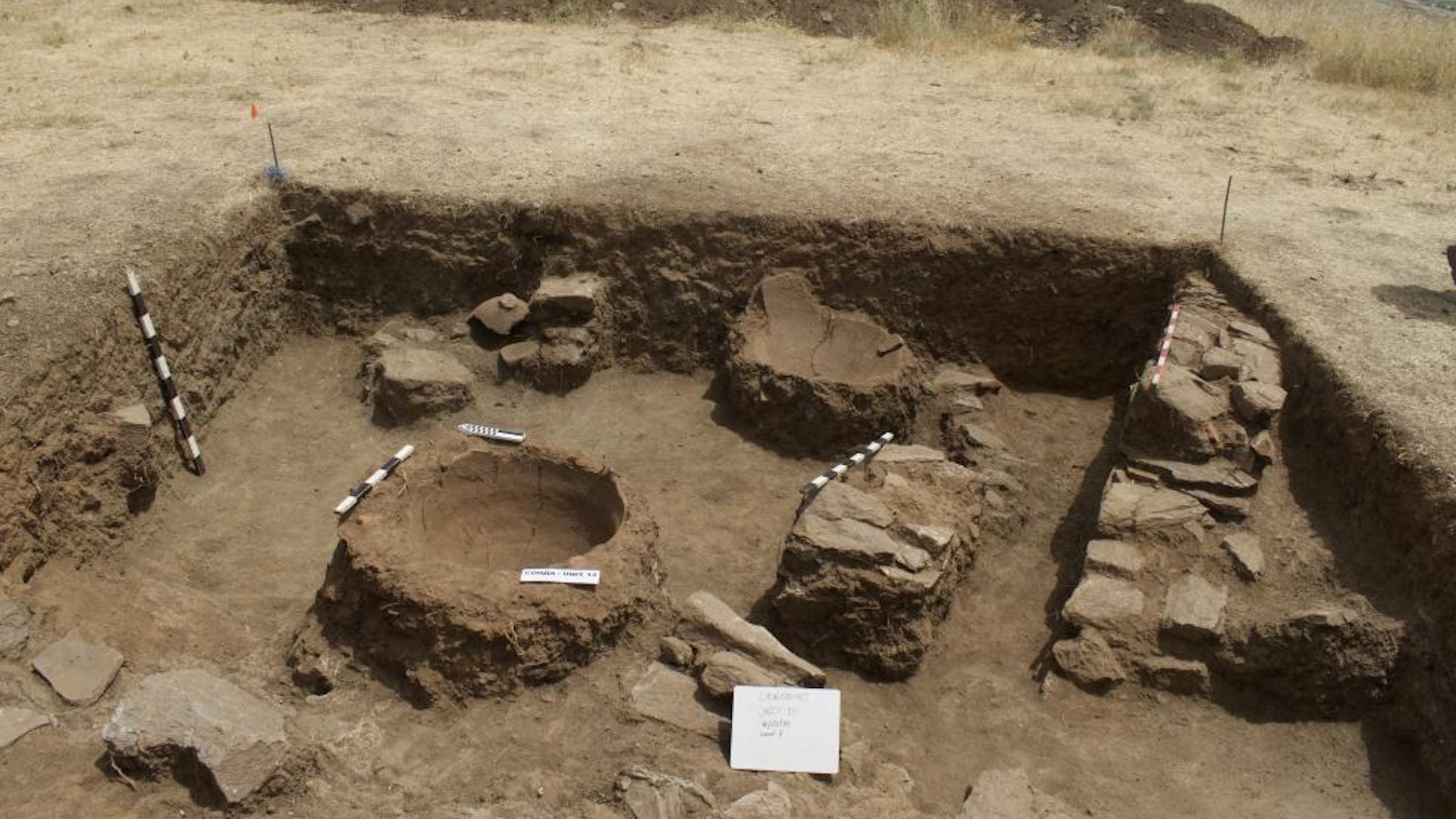Researchers Predict Growth of Gulf 'Dead Zone'
NEW ORLEANS (AP) -- Researchers predict that the recurring oxygen-depleted "dead zone'' off the Louisiana coast will grow this summer to 8,543 square miles -- its largest in at least 22 years.
The forecast, released Monday by the Louisiana Universities Marine Consortium, is based on a federal estimate of nitrogen from the Mississippi River watershed to the Gulf of Mexico. It discounts the effect storms might have.
The "dead zone'' in the northern Gulf, at the end of the Mississippi River system, is one of the largest areas of oxygen-depleted coastal waters in the world. Low oxygen, or hypoxia, can be caused by pollution from farm fertilizer, soil erosion and discharge from sewage treatment plants, according to the U.S. Geological Survey.
The pollution is carried downstream by the Mississippi and comes from throughout the U.S.
Excess nutrients can spur the growth of algae, and when the algae die, their decay consumes oxygen faster than it can be brought down from the surface. As a result, fish, shrimp and crabs can be forced to move or die, the consortium Web site says.
Eugene Turner, a professor of oceanography and coastal sciences at Louisiana State University who is involved with the report, said it's tough to determine whether fish are dying because of hypoxia or other factors, such as climatic effects. However, "we really don't want to mess with this, to make it worse,'' he said.
The dead zone usually begins forming in the spring and stays through summer and into the fall. Though the size of the dead zone has shrunk some years, on average it has steadily grown larger, Turner said.
Sign up for the Live Science daily newsletter now
Get the world’s most fascinating discoveries delivered straight to your inbox.
If the prediction stands, it would be the largest dead zone measured since mapping began in 1985, the report says. The consortium has scheduled an assessment of the dead zone for summer's end.
- Top 10 Ways to Destroy Earth
- Gulf Dead Zone Starts Earlier, May Grow Larger
- Images: Under the Sea









